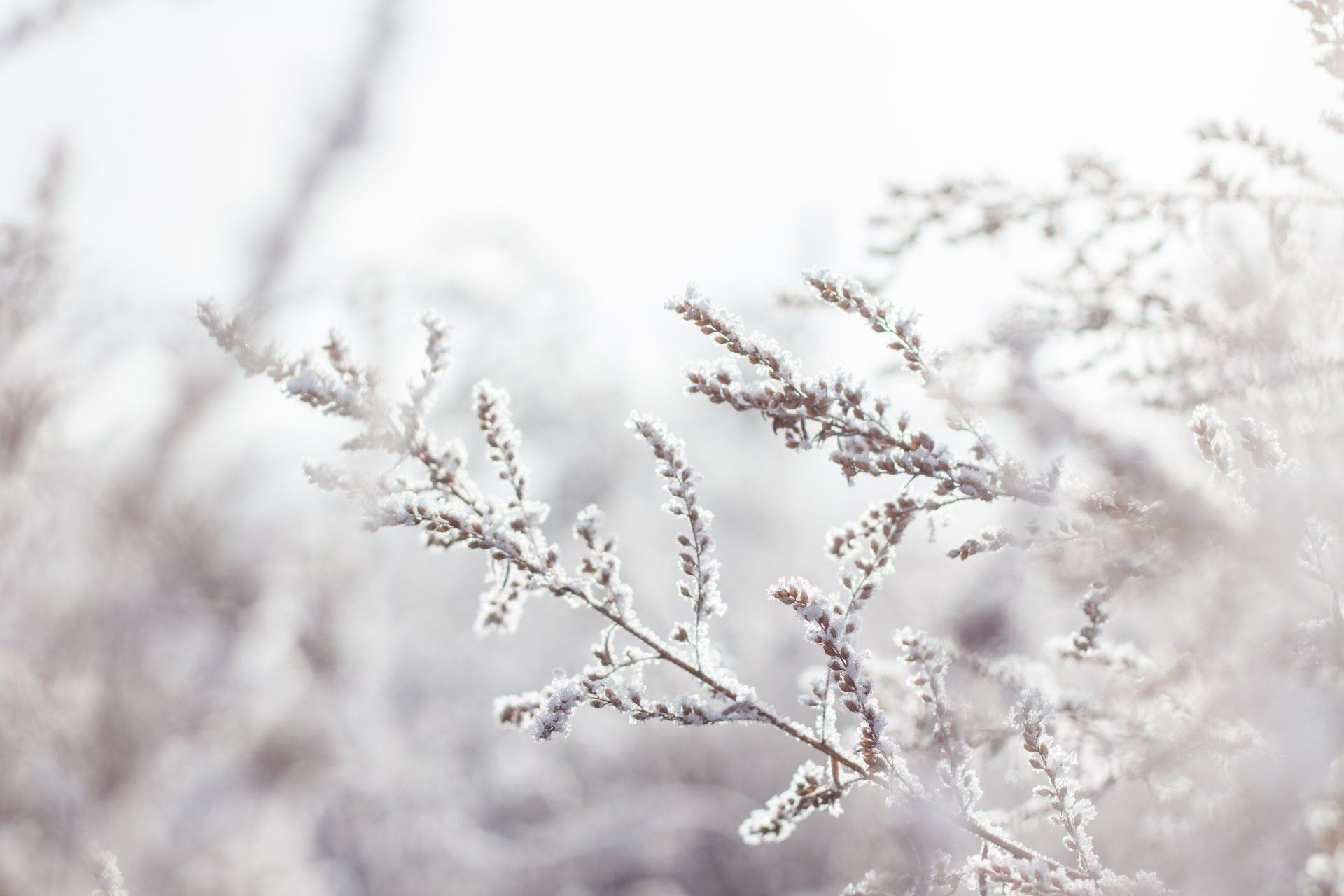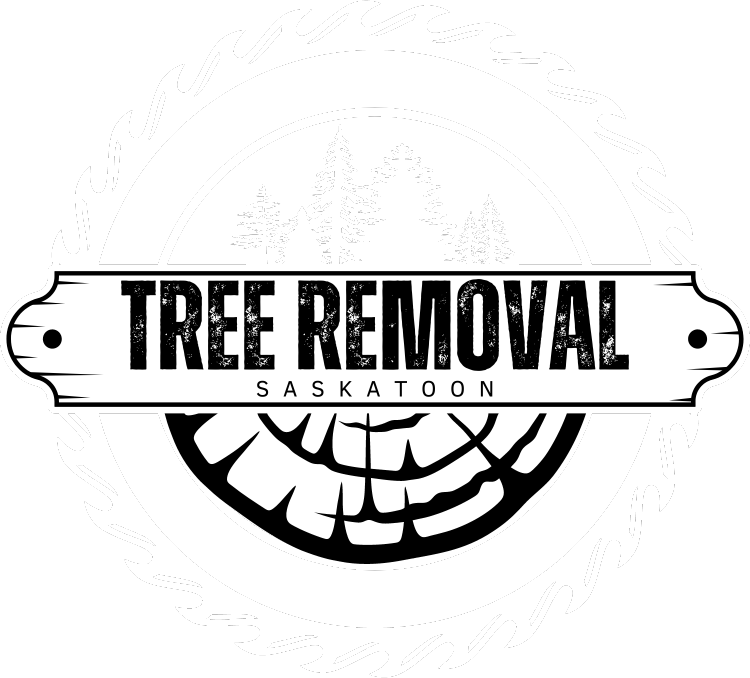Winterize Cedar Trees: Tips to Protect Your Hedges This Winter
As winter approaches, gardeners and homeowners face the challenge of protecting their landscapes from the harsh elements. Cedar trees, known for their lush greenery and robust nature, are a popular choice in many gardens. However, the cold season can be particularly tough on these evergreens. This post will guide you through essential steps to winterize your cedar trees, ensuring they stay healthy and vibrant through the frosty months.
Understanding Cedar Trees and Winter Stress
Cedar trees are cherished for their dense foliage and majestic stature, making them a staple in many gardens and hedges. However, winter's cold temperatures, frost, heavy snow, and chilling winds can stress these resilient trees. Understanding these challenges is the first step in providing your cedars with the care they need to survive the winter.
Essential Winter Care Tips for Cedar Trees
- Hydration Before Frost: Water your cedar trees deeply before the first freeze. Well-hydrated soil provides insulation and helps the roots stay warm.
- Mulching: Apply a generous layer of mulch around the base of your cedar trees. This acts as a blanket, keeping the ground temperature more consistent and retaining much-needed moisture.
- Wrapping and Shielding: For younger or more vulnerable cedars, consider wrapping them with burlap to protect against drying winter winds. This is particularly important in exposed or wind-prone areas. Places like Rona, Canadian Tire and Dutch Growers are great places to find burlap and to get advice if you have unique circumstances.
- Pruning: Prune your cedar trees in late fall or early winter. Remove any dead or diseased branches to prevent winter storms from causing breakage.
Protecting Cedar Hedges from Heavy Snow and Ice
Snow Removal: Gently brush off snow accumulations from your cedar hedges. This prevents the weight of the snow from breaking or bending the branches. This is particularly true when snow falls in warmer temperatures because it is very wet and heavy.
Ice Management: If ice forms, avoid trying to break it off, as this can damage the branches. Instead, allow it to melt naturally. Steer clear of chemical de-icers, as they can harm the tree.
Monitoring and Maintenance Throughout Winter
Regularly check on your cedar trees throughout the winter. Look for signs of stress, such as discolored or drooping foliage, which might indicate damage or dehydration. If you notice significant damage, consult with a professional like Tree Removal Saskatoon for the best course of action.

Preparing for Spring Recovery
As the cold grip of winter loosens, it’s time to focus on helping your cedar trees transition into the growing season. Spring care is crucial in setting the stage for healthy growth through the summer. Here are key steps to ensure your cedar trees are given the best possible conditions for vibrant growth:
- Inspect and Assess Damage: Begin with a thorough inspection of your cedar trees. Look for any signs of winter damage such as broken branches, winter burn on foliage, or areas of dieback. Early detection of any issues will allow for more effective treatment.
- Pruning and Cleaning: Prune any damaged or diseased branches to prevent decay from spreading and to encourage new growth. This is also a good time to clear away any debris that has accumulated at the base of the tree, as this can harbor pests and diseases.
- Soil Care and Fertilization: Test the soil around your cedar trees to determine its nutrient content and pH level. Cedars thrive in slightly acidic soil. Based on the soil test, apply a balanced, slow-release fertilizer formulated for acid-loving plants. This will provide a steady supply of nutrients throughout the growing season.
- Re-Mulching: Refresh the layer of mulch around the base of the trees. Mulch helps in retaining soil moisture and regulating temperature. It also reduces weed competition and adds organic matter to the soil as it decomposes.
- Adequate Watering: As the weather warms, ensure your cedar trees receive adequate water, especially if spring rains are sparse. Deep, infrequent watering is preferable to frequent, shallow watering, as it encourages deeper root growth.
- Monitoring for Pests and Diseases: Spring is a critical time to watch for signs of pests or diseases. Early detection and treatment are key to preventing major problems. Look out for common cedar issues like cedar leaf blight or aphids.
- Staking if Necessary: For younger cedar trees or those that may have become unstable due to winter weather, consider staking. Proper staking provides support while still allowing some movement, which is important for root and trunk development.
- Planning for Growth: Think about the space around your cedar trees. As they grow, they will need ample room, so plan your garden accordingly. Avoid planting too close to the trees, which might compete for nutrients and water.
By following these steps, you can help your cedar trees recover from the winter and set them up for a season of lush, healthy growth. Remember, the care you provide in early spring will lay the foundation for the health of your trees through the summer and beyond.
Wrapping Up: Safeguard Your Cedars for Winter and Beyond
Properly winterizing your cedar trees is essential in maintaining their health and beauty. By taking proactive steps now, you not only ensure that your hedges remain a vibrant part of your landscape throughout the winter but also set them up for a dynamic revival come spring. Remember, the best time to start preparing your trees for the cold season is before the chill sets in. If you find yourself needing advice or assistance with winterizing your cedar trees, Tree Removal Saskatoon is ready to assist. Our expertise in tree care is dedicated to ensuring that your cedars are well-protected against winter's harsh elements and are perfectly primed for a lush, healthy spring. Reach out to us today to give your cedar trees the care they deserve.
